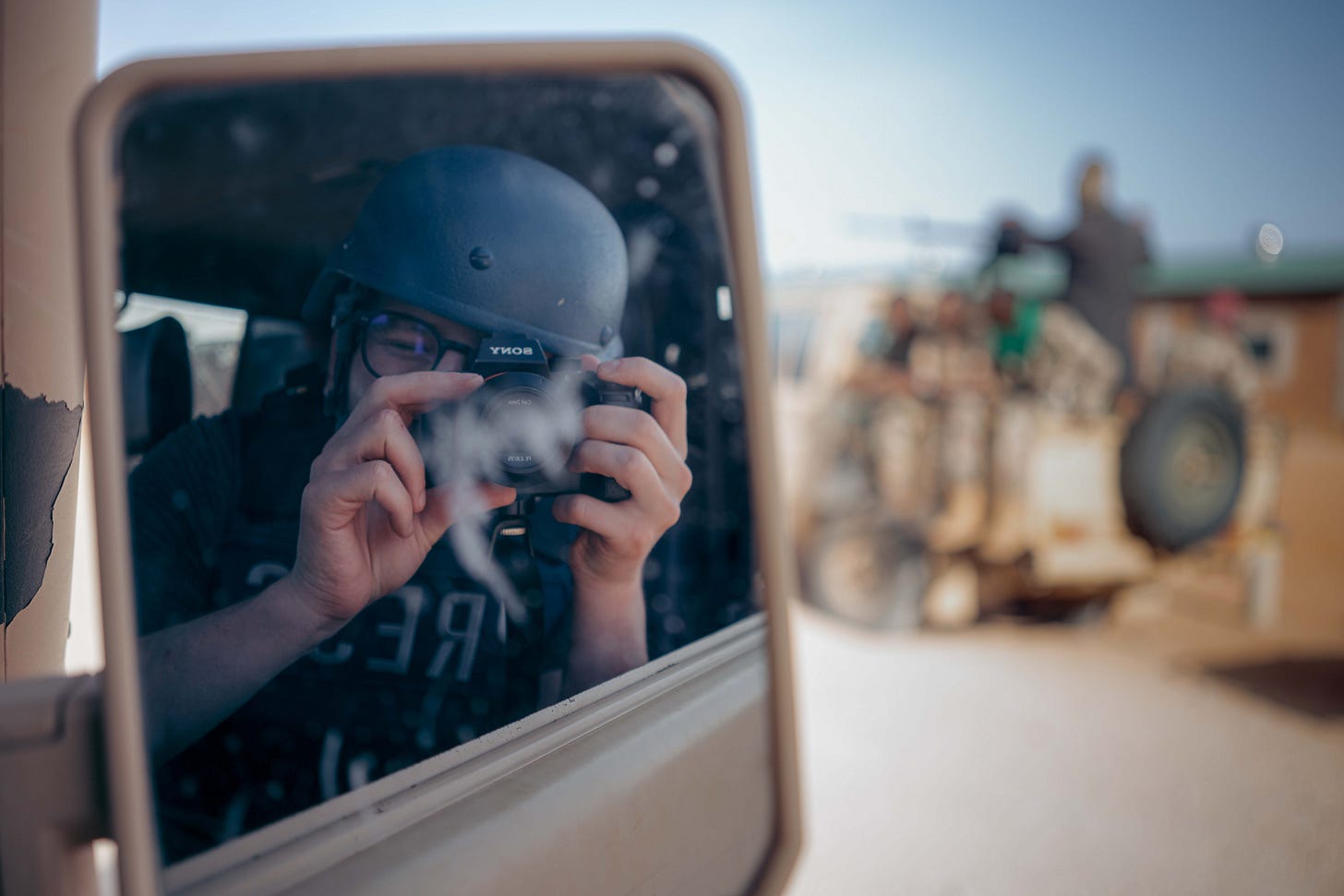Dancing Through Darkness in Kyiv: Joe Hill’s Match in a Haystack
A story of art, war, and the power of creation in the face of chaos.
Read history books, or news for that matter, and the entire human experience can start to look like one dark sky full of violence, with a rare few stars of progress thrown in.
To be sure, humanity’s past and present are full of inhumanity. Our shared story is full of conflict and literally unimaginable suffering. And tragically, the hinge points of globa…




